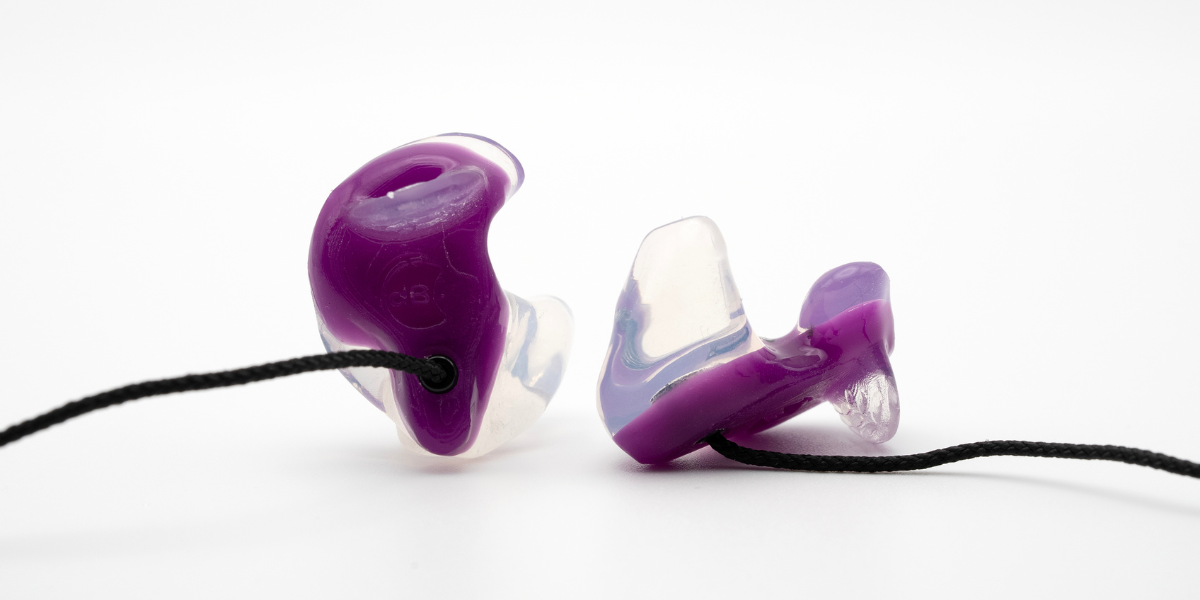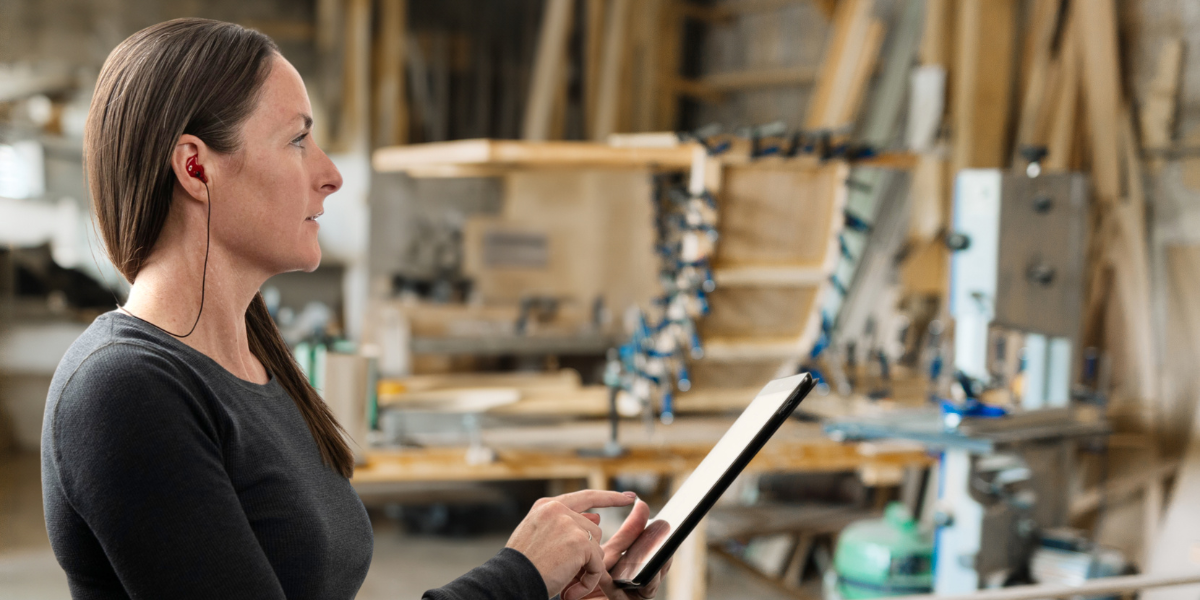Crafting a Hearing Conservation Program

What is an Industrial Hearing Conservation Program
An Industrial Hearing Conservation Program is a comprehensive plan designed to protect workers from noise-induced hearing loss in environments with hazardous noise levels. These programs typically include regular noise monitoring, employee hearing tests (audiometric testing), providing hearing protection like custom earplugs, and training on how to use hearing protection correctly. The goal is to reduce exposure to harmful noise and ensure long-term hearing health for employees in industrial settings.
A well-structured Hearing Conservation Program is essential for safeguarding your workplace against noise-related risks.
Here’s how to set it up:
Step 1: Noise Assessment
Begin by monitoring noise levels at your worksite. Your program’s foundation depends on your worksite’s noise generation.
Step 2: Noise Control
Implement measures to manage and reduce noise levels effectively.
Step 3: Hearing Protection
Provide and promote the use of hearing protection devices to shield your workforce.
Step 4: Audiometric Testing
Schedule regular testing to monitor hearing health and identify early warning signs.
Step 5: Program Evaluation
Continually assess and improve your program to ensure its effectiveness.
Step 6: Training and Education
Equip your team with the knowledge and skills needed to protect their hearing. Get in touch with us.
When to Consider a Hearing Conservation Program:
- A Hearing Conservation Program is strongly recommended if:
- Workers face exposure to noise levels exceeding 80 dBA.
- Workplace alterations, new equipment, or process modifications may significantly alter noise exposure.
- Note that specific requirements for noise assessment may vary by jurisdiction. Conducting an assessment at an action level of 80 dBA offers enhanced protection.
- Your employees’ hearing well-being is an investment in your workplace’s future. Craft your Hearing Conservation Program with care and diligence.





